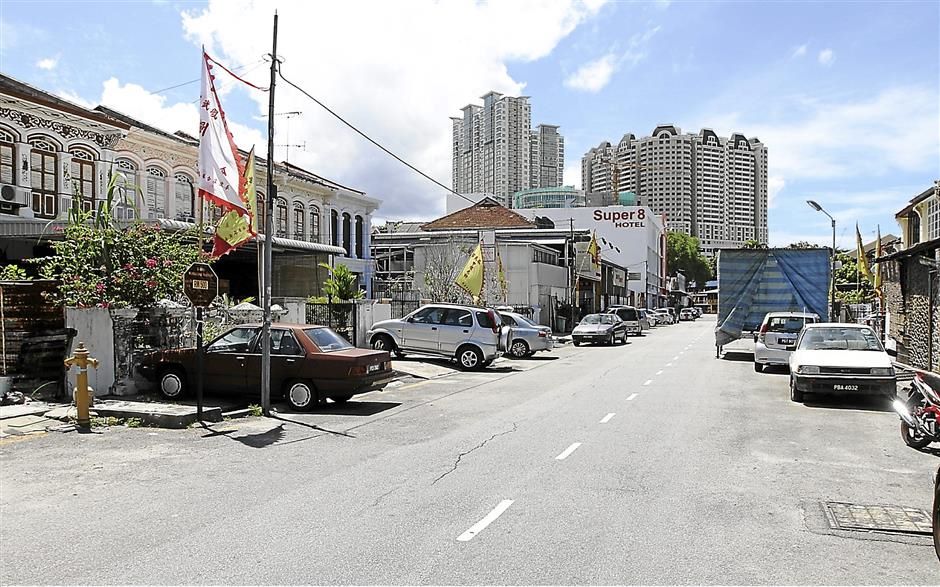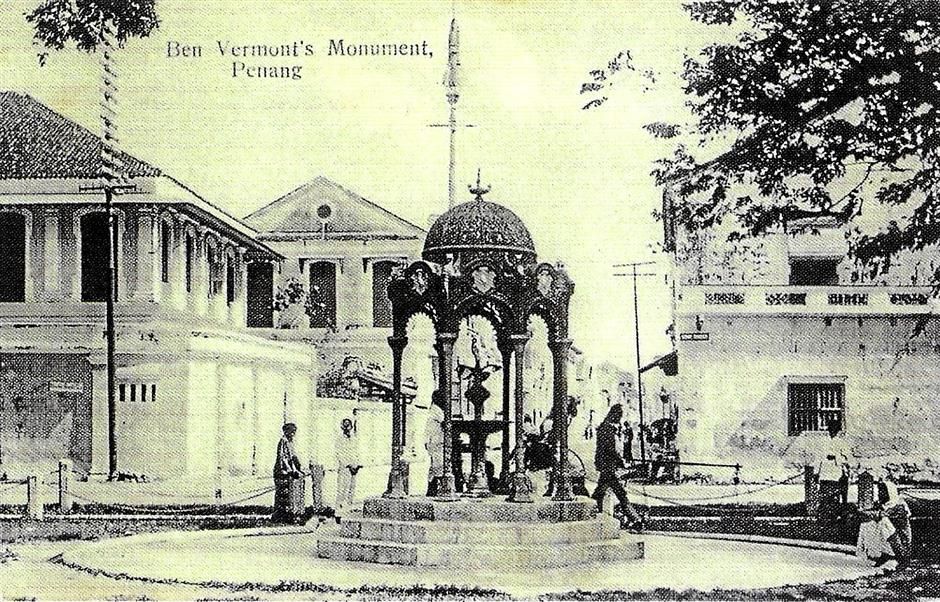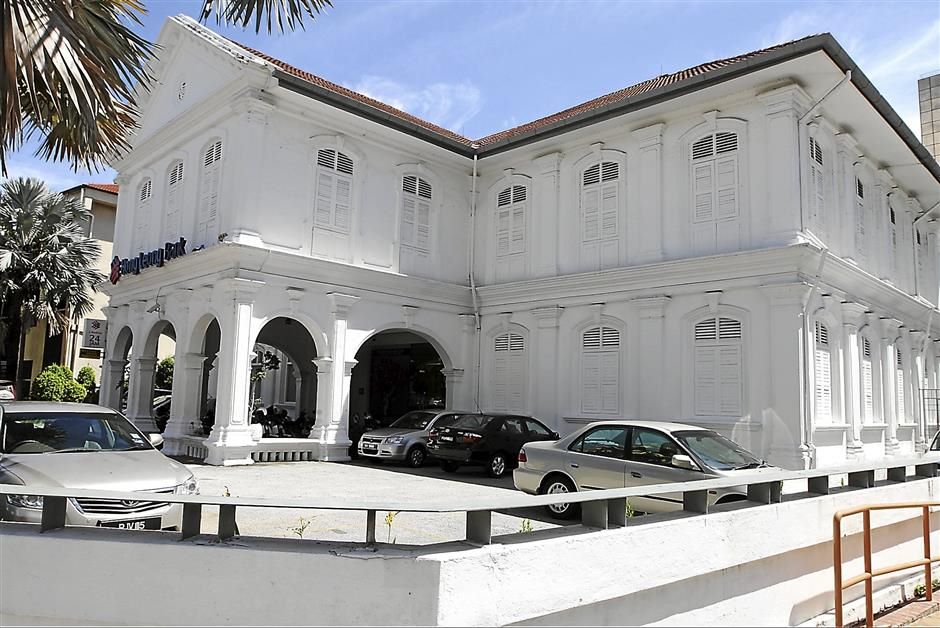
Foo: He was one of the three Chinese commissioners appointed by the British to sit on the inquiry board to look into the 1867 Penang Riots.— filepi
FOO Tye Sin was a remarkable man. The Chinese community leader was a Justice of Peace, businessman, tin miner and mediator who played major roles mostly reserved for leaders who had migrated from China and made it big in Penang.
But Foo was local-born and English educated. Even more unusual, he studied at both St Xavier’s Institution and Penang Free School, the two biggest rival schools in the state.
Tye Sin Street, popularly known to Penangites as “Si Tiau Lor”, meaning “Fourth Street” in Hokkien, is named after him. Interestingly enough, Tye Sin Street is within the working class neighbourhood of the Seven Street Precinct which I wrote about in an earlier column. (“Iconic streets locally known by numbers”, The Star, April 13).
The precinct was initially considered for inclusion within George Town’s World Heritage Site, but it did not fall within the zone, which is a shame as there is much history surrounding the area.
Tye Sin Street stands out in this precinct because it is the only Chinese name among the seven streets and another two which were also added on later.
The streets in order of numbers are: Magazine Road, Noordin Street, Presgrave Street, Tye Sin Street, McCallum Street, Katz Street, Cecil Street, Herriot Street and Sandilands Street.
Tye Sin Street runs from Jalan Gurdwara (formerly Brick Kiln Road).to Jalan CY Choy (formerly Bridge Street).
According to reports, Foo was a Hakka born in a pepper estate in Bayan Lepas, Penang.
He started his early education with a private Chinese teacher before continuing at Penang Free School and later, the St Xavier’s Institution.
It is certainly most unusual for Foo to have studied in both schools as the rivalry between the two premier schools, which provided boarding for students from other states, was intense.
He was regarded the only non-partisan Chinese at a ceasefire conference called by Lt. Governor Anson at the height of the Larut War for control of the tin mines between the Ghee Hin and the Hai San gangs. Foo was perceived by some to be a Hai San sympathiser.
Foo was one of three Chinese commissioners appointed by the British to sit on the inquiry board to look into the 1867 Penang Riots.
The Penang Riots rocked the state for nine days which saw heavy street fighting and bloodshed among the secret societies of Penang, chiefly the Cantonese speaking Ghee Hin and Hakka speaking Hai San. It was a fight over the control of business interests involving tin mining, gaming and opium farms.
Along Penang’s Heritage Trail, Cannon Street was so named because of the hole made on the ground by a cannon ball fired into the area at the height of the riots.
According to a report, the fighting was eventually quelled by Sepoys or paid Indian troops, brought in from Singapore by the Governor-General, but by then, hundreds had been killed and scores of houses burned.
A penalty of $5,000 (Straits Settlement Dollars) was levied on each of the secret societies, some of which was later used to finance the building of four police stations to deal with any future trouble, it was reported.
Foo made a name for himself within the Penang elites because he was local-born and English educated, a rarity among the local Chinese business community.
He was also one of the founders of the Penang Chinese Town Hall, which was founded in 1883. The present building of the business association, completed in 1983, is located at Jalan Mesjid Kapitan Keling or formerly known as Pitt Street, next to the iconic Kuan Yin Teng (Temple of the Goddess of Mercy).
In fact, it sits directly opposite the old Star office, where I first started work as a rookie reporter in 1980.
The Penang Chinese Town Hall is also a favourite spot for political parties to hold ceramah during the elections, sometimes, with the crowd spilling onto the road, if it involves DAP politicians.
Just a short walk away from the Penang Chinese Town Hall is the Foo Tye Sin Mansion, located along Light Street.
It is one of the first non-European mansions to be built in 19th century Penang. The magnificent building is now home to a branch of Hong Leong Bank.
Foo Tye Sin, a true Penangite, has gone down in history as one of the biggest names of the state, whose influence also stretched further beyond.
As I was going through The Star’s archives, I came across an interesting article about a book written by a fellow journalist Tony Danker entitled The Cristangs of Tye Sin Street.
Danker wrote about how his family of Portuguese Eurasians, originally from Kuala Lumpur, moved to Penang in 1921.
They first stayed in Green Hall, near the Esplanade, before settling in Tye Sin Street.
“The area was infamous as a gangster haven. But in all the years that we lived there, we were never disturbed by the gangsters,” wrote Danker.
There are many interesting anecdotes about the family, including how his father, Chris, represented the state in football from 1932 to 1941.
He appeared in the 1934 and 1941 Malaya Cup Finals, losing in both to Singapore, and suffering a broken collarbone to end his state career.
Then there was Uncle William who was a good boxer and famed for donating blood. He was much sought after by our neighbours, who gave him money and gifts for his blood.
Stories like this remind us that history is alive if we continue to not only research deep into the past, but also take efforts to trace the links to our present-day generations.








